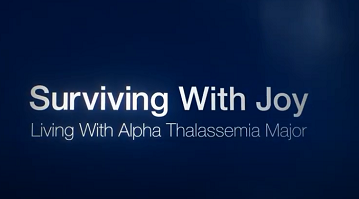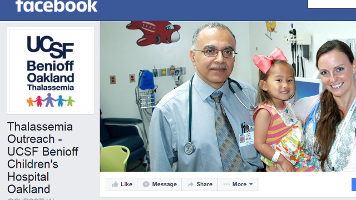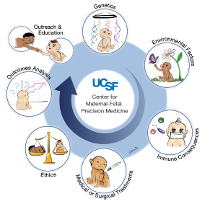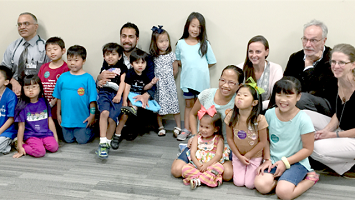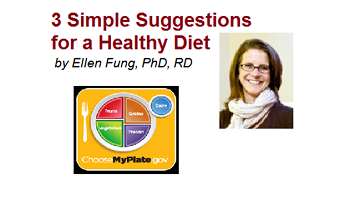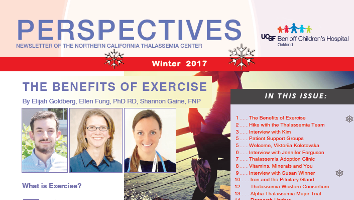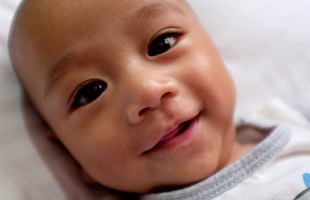New Beginnings - Shannon Gaine, FNP
Interview by Jin Mei
Welcome Shannon Gaine.
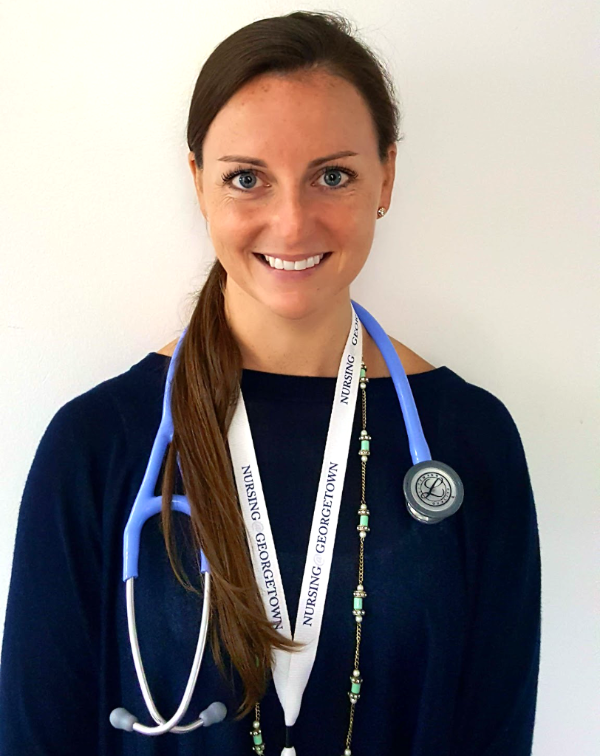
Shannon Gaine, FNP
Shannon Gaine is a licensed Family Nurse Practitioner who joined the thalassemia team in May 2016. She earned her Master’s Degree as Family Nurse Practitioner at Georgetown University. After completing her Masters she worked at Columbia Presbyterian, New York City in the Pediatrics emergency room. Upon moving to California, Shannon worked in a small clinic in Mountain View before finally transferring over to UCSF Benioff Children’s Hospital Oakland. She has an interest in working with the community in bringing more awareness and education about thalassemia in the future. When she is outside of the hospital, Shannon enjoys competing and training for Triathlons. She recently just competed in Ironman on October 1st in Maryland. Her favorite out of all the races is swimming. Shannon is a very active and hardworking athlete.
JM: Why did you decide to go into nursing?
SG: Ever since I was little I always wanted to help people. I truly love what I do every day. My goal is to positively impact someone’s day. I feel incredibly lucky and grateful that I have the ability to do that every day.
JM: What made you decide to come over to the West Coast?
SG: I had family here in California, but I also decided it was time for a change and so I moved to California. I worked at a small clinic in Mountain View before I came to UCSF Benioff Children’s Hospital Oakland.
JM: What made you decide that you wanted to work here?
SG: I learned more about the Thalassemia Program and met the team and was drawn into their goals and vision. The staff here are also very friendly and it feels like family.
JM: What is it like caring for people with thalassemia?
SG: I am impressed by the patients every day. I am grateful to work with this population who are so welcoming and I learn every single day. Having worked in an emergency room, it is a nice change to be able to establish a relationship and build trust and rapport with patients. I am truly thankful for this opportunity.
JM: Exactly how deep is your relation with the patients?
SG: I think nursing encompasses not just the medical side but also the whole life of the patient. I get to meet their family members, learn more about their life outside of the hospital and this enables me to help come up with a better plan of care that works for them.
JM: What are the differences between working in an emergency room compared to what you are doing now?
SG: I love the ability to connect and have time with patients and not feel constantly rushed. I get to have in-depth conversations and I establish more enduring relationships with my patients. I enjoy working day shift, although the 12 hour shifts were nice because there just never seems like enough time in the day!
JM: How does your day usually look?
SG: In the mornings I review labs, review the patients for the day and the majority of the time is seeing the patients all day. If I have time at the end, I check phone calls, return emails, collaborate with other providers and prepare for the next day.
JM: How many patients do you see and how long do you usually spend with a patient?
SG: It really depends on a day-to-day basis, but it can be 3-6 in the day hospital. On clinic days, it can range from 2-5 patients. I spend about 30 minutes to an hour with each patient depending on the visit.
JM: Are there possible projects that you are planning to do in the future?
SG: Yes -- since I am relatively new, I want to make sure I learn as much as I can about thalassemia to truly understand the disease. Educating and inspiring is important to me so my goal is to try to find a way to apply what I know to reach out and educate as many people as I can.
JM: What do you do when you are not working?
SG: I spend time training and participating in triathlons. The Ironman consists of a 2.4 mile swim, 112 mile bicycle ride and a marathon, and it typically takes me 12 hours to complete. I also spend time participating in other small races to prepare for it. I have my third race coming up on October 1st in Maryland. I also enjoy spending time with friends and family, and traveling.
JM: Thank you so much for this interview!
SG:Thank you!
Updated 1/3/2017

